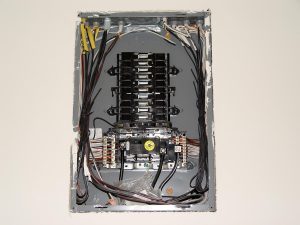 You are right to worry about suspicious buzzing or humming electrical noises around your home. Electrical systems are designed to work quietly, offering you power and efficiency with no hassle.
You are right to worry about suspicious buzzing or humming electrical noises around your home. Electrical systems are designed to work quietly, offering you power and efficiency with no hassle.
Your electrical panel controls the power supply in your home while keeping you safe from electrical hazards. Hence, any annoying or worrying sounds from the panel could indicate problems of different kinds. See what these noises could be and what they might mean below.
- A light buzzing sound
By a light buzzing sound, we mean a faint buzzing sound from your breaker. It’s not the type to keep you up at night or be highly noticeable. The cause is often current flowing through the breaker, like water flowing in some direction. This light buzzing sound is generally normal and harmless. But, if it gets louder or involves clicking and other horror-movie sounds, be sure to call an electrician.
- Medium humming sounds
This sound is louder and more obvious than a light buzzing sound. It can take various forms such as a sizzling noise, sparking, a clicking noise, or a humming breaker. So you can hear sizzling sounds with occasional sparks and this certainly means something is wrong with the circuit breaker. The cause may be frayed and loose wiring which is incredibly dangerous and an electrical hazard. It is necessary to call an experienced electrical technician to replace and repair the wiring quickly.
- Loud and continuous buzzing sounds
Now, this is what keeps you up at night. Constant loud buzzing sounds can be disturbing because they are loud. The cause often stems from the breaker not tripping when it should, and this, in turn, indicates that the breaker is bad. Your electric breaker shuts off the power supply during a power surge to protect your home. But when it fails to do this the flow of current to the wires increases leading to a buildup of heat, the loud buzzing sound, and an electrical hazard. Circuit breakers go bad for several reasons such as wear and tear and a faulty panel. This humming noise should not be ignored, and an electrician should be called immediately.
A buzzing and humming sound is normal if…
The sound isn’t loud as we have described above.
If the buzzing sound starts right when your AC comes on but stops once the appliance is working smoothly.
Trying to solve this electrical issue yourself can be very dangerous. Therefore the first and safest way to solve humming and buzzing noise from your electrical panel is to call a licensed and experienced electrician.
It may be time for an electrical panel upgrade — contact an electrician for more information.





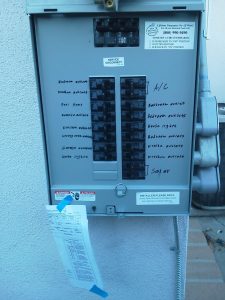 A safe electrical system is invaluable to every home and if you have a Federal Pacific Electrical Panel (FPE), replacing it is the best solution to ensure your electrical safety.
A safe electrical system is invaluable to every home and if you have a Federal Pacific Electrical Panel (FPE), replacing it is the best solution to ensure your electrical safety.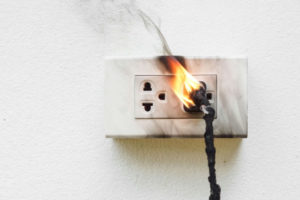 Your electric system works 24/7 providing the power you need to make life easier. While you might wish this efficiency can last forever, this is usually not the case.
Your electric system works 24/7 providing the power you need to make life easier. While you might wish this efficiency can last forever, this is usually not the case.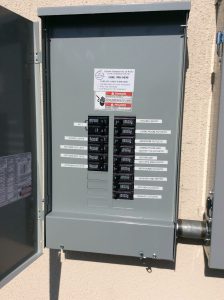 The electrical panel can be a confusing subject for many homeowners. That grey metal box determines how electricity flows in your home and the capacity of your electrical system. Here are some questions and answers to help you know your panel more and explore the mystery around it.
The electrical panel can be a confusing subject for many homeowners. That grey metal box determines how electricity flows in your home and the capacity of your electrical system. Here are some questions and answers to help you know your panel more and explore the mystery around it. The right question should be, why not hire a professional Los Angeles electrician? L.A is a beautiful city with lots of action, celebrities, and so on to take up your time and energy. Why include DIY electrical projects to the mix?
The right question should be, why not hire a professional Los Angeles electrician? L.A is a beautiful city with lots of action, celebrities, and so on to take up your time and energy. Why include DIY electrical projects to the mix?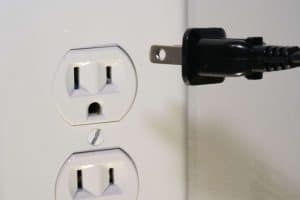 When one or more outlets in the home suddenly stop working it’s easy to assume the worst. Before you panic, it’s good to know that there are some things you can try to solve the problem. However, when these don’t work, be sure to call in the pros.
When one or more outlets in the home suddenly stop working it’s easy to assume the worst. Before you panic, it’s good to know that there are some things you can try to solve the problem. However, when these don’t work, be sure to call in the pros.  Electricity has come to mean a lot to the world, but while it has proven so vital, electricity is also dangerous. To protect human lives and property from the dangers associated with using electricity, experienced electricians always ensure they ground your electrical system.
Electricity has come to mean a lot to the world, but while it has proven so vital, electricity is also dangerous. To protect human lives and property from the dangers associated with using electricity, experienced electricians always ensure they ground your electrical system. Flickering lights are almost impossible to ignore. They can be very annoying and dangerous if not solved. Flickering lights can be fun and raise no cause for alarm if the lights in question are decorative lights.
Flickering lights are almost impossible to ignore. They can be very annoying and dangerous if not solved. Flickering lights can be fun and raise no cause for alarm if the lights in question are decorative lights.  When a part of your home or fixture suddenly goes dark, it is usually because of an individual circuit breaker tripping. The best way to find out if this is the case is to check your main electrical panel. The main electrical panel is located in the basement or utility room. A tripped breaker is always represented by a breaker switch facing a different direction from all others. For example, others may seem ON and just this one switch seems OFF or in-between.
When a part of your home or fixture suddenly goes dark, it is usually because of an individual circuit breaker tripping. The best way to find out if this is the case is to check your main electrical panel. The main electrical panel is located in the basement or utility room. A tripped breaker is always represented by a breaker switch facing a different direction from all others. For example, others may seem ON and just this one switch seems OFF or in-between.